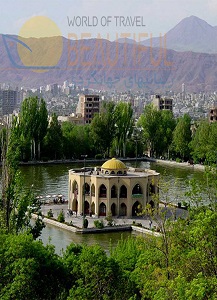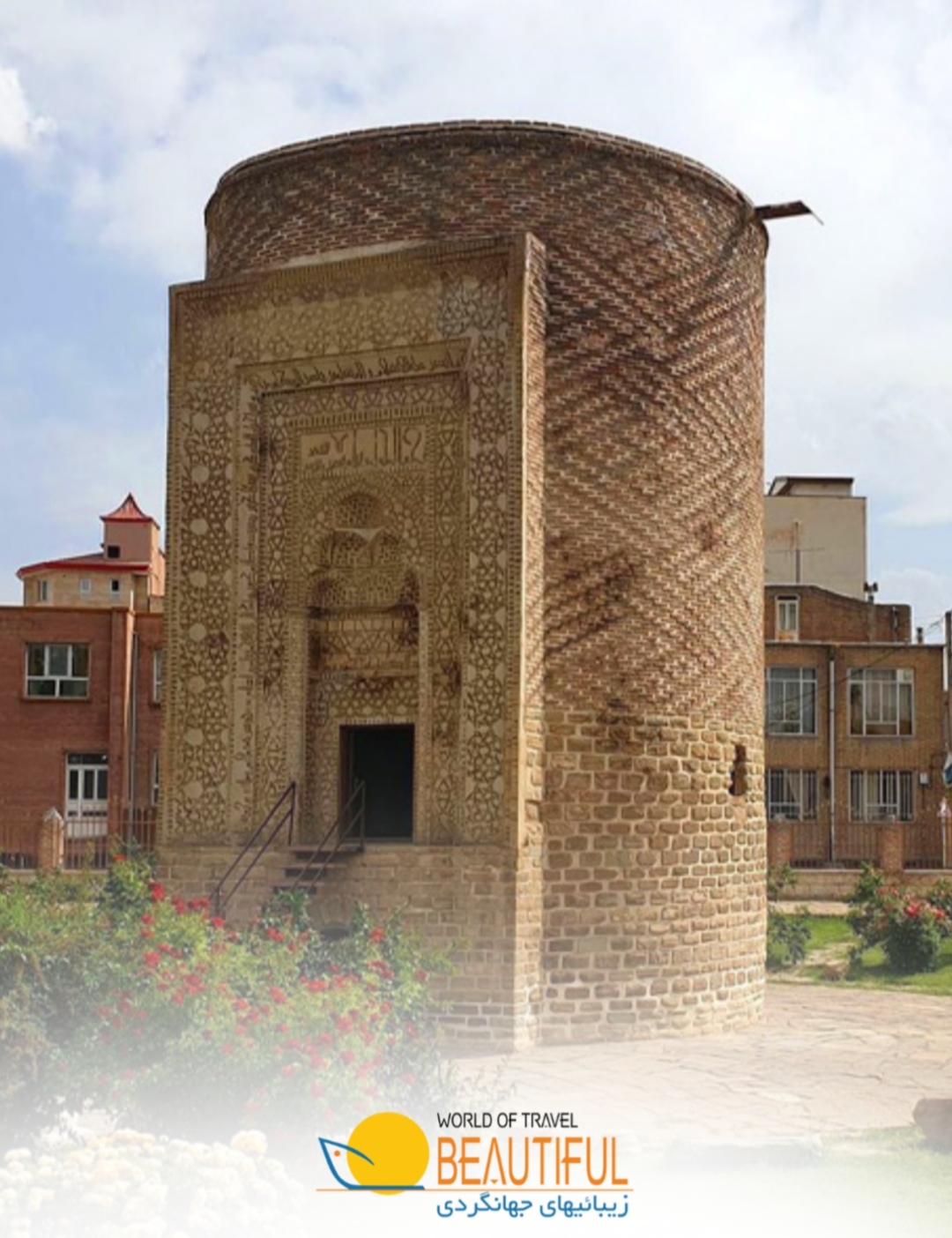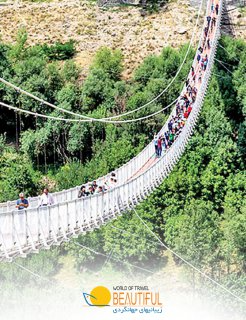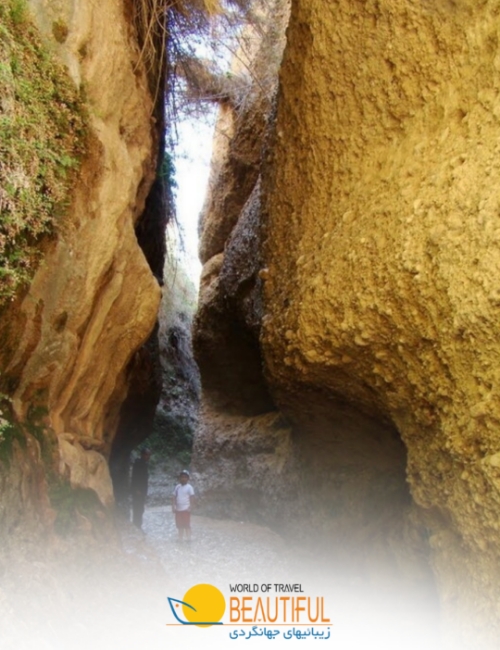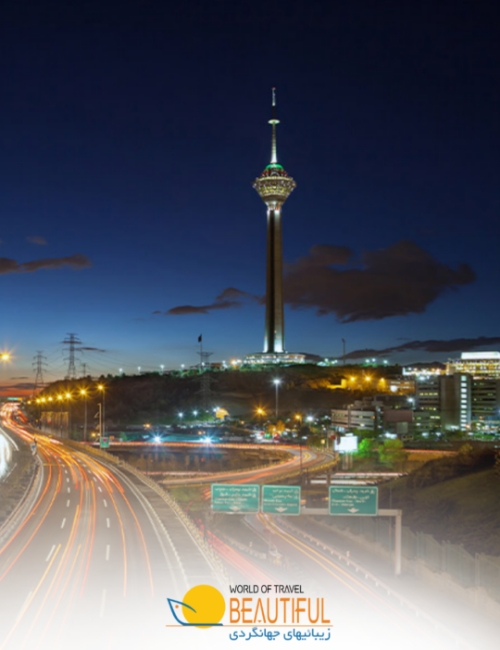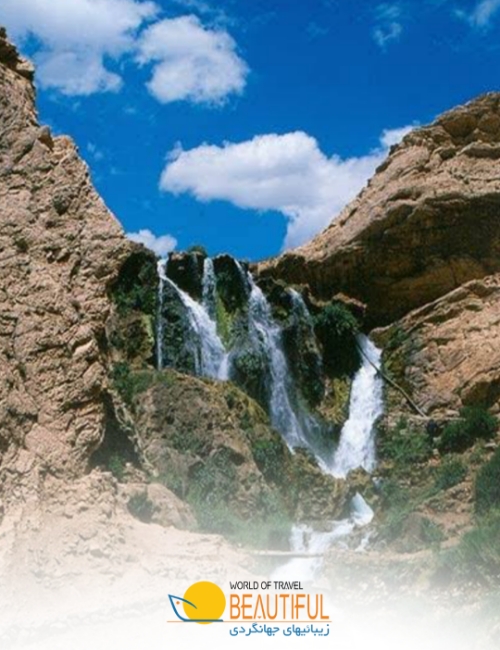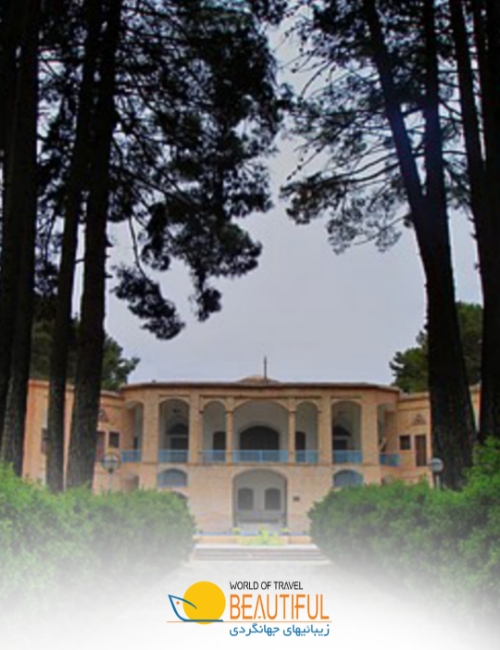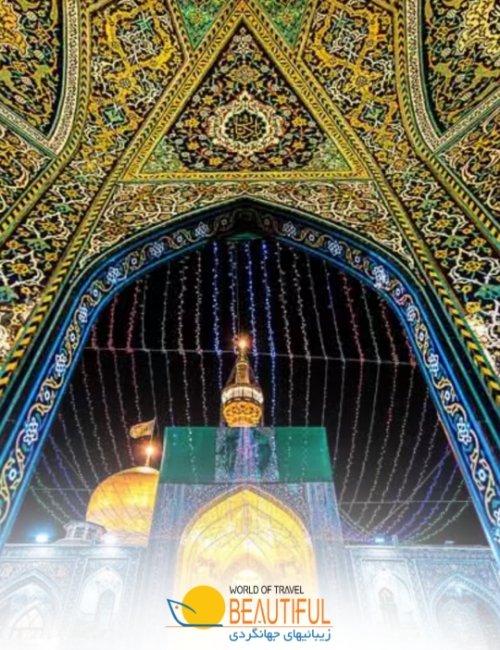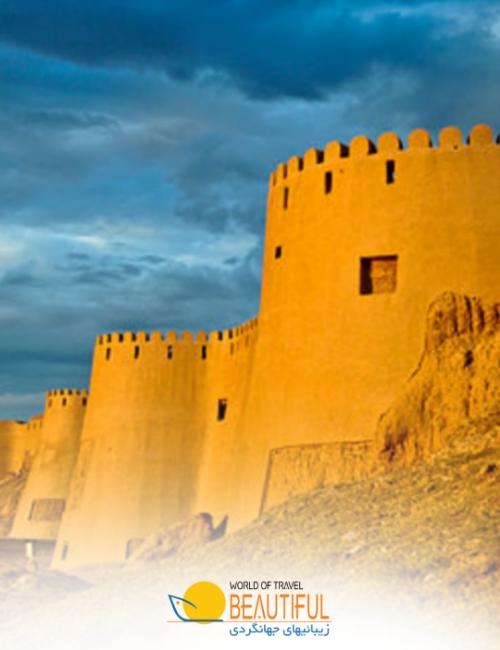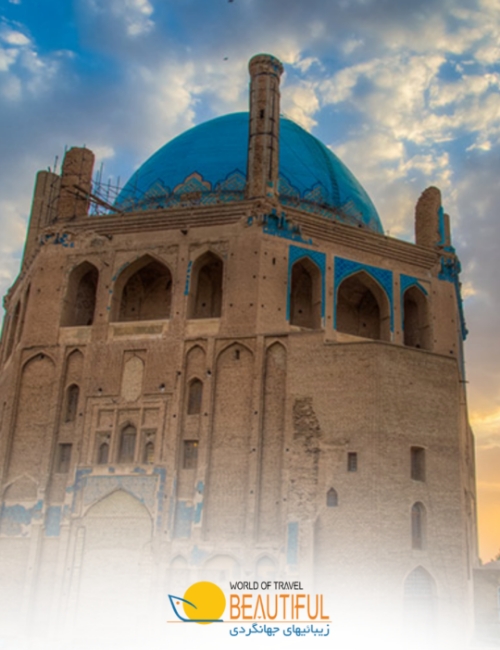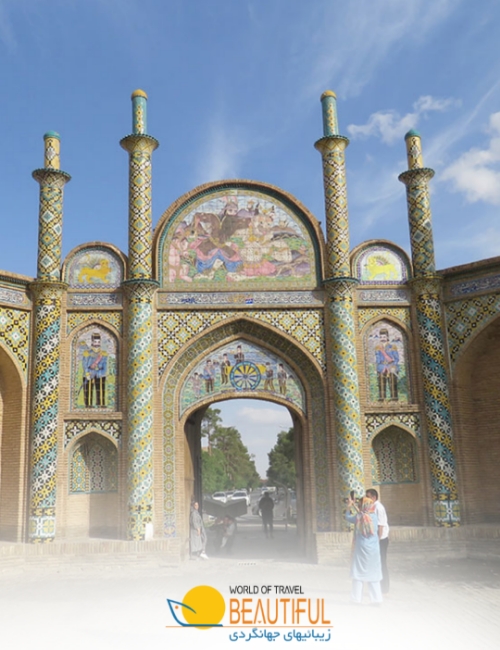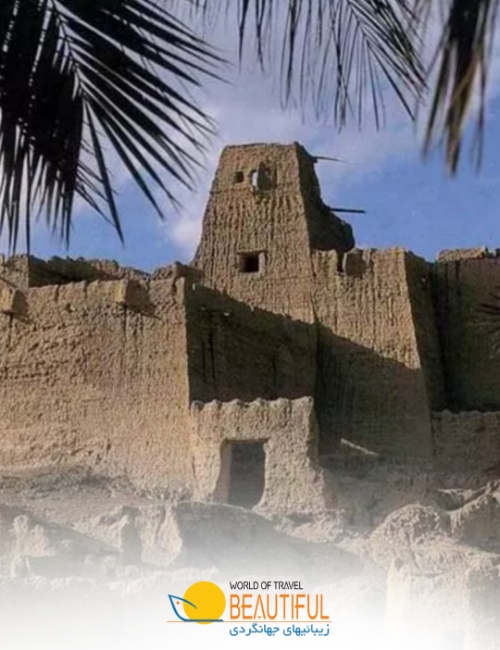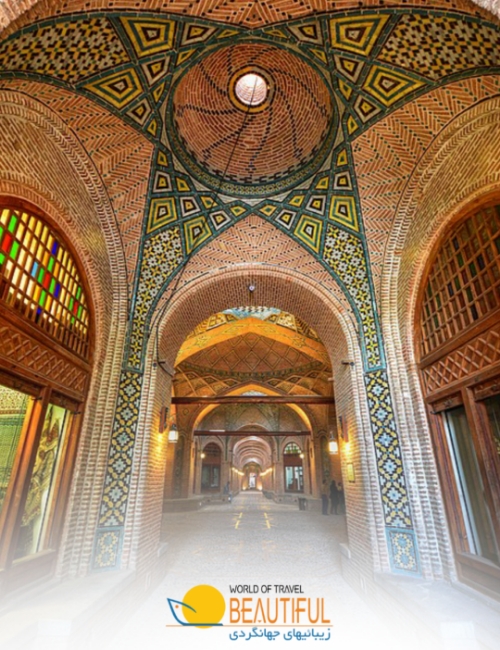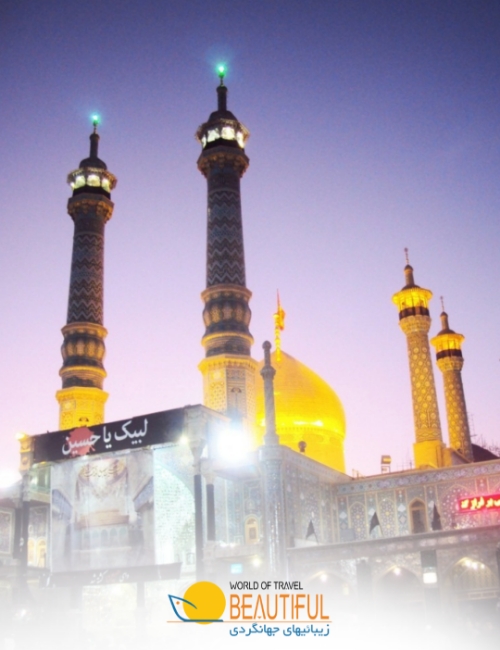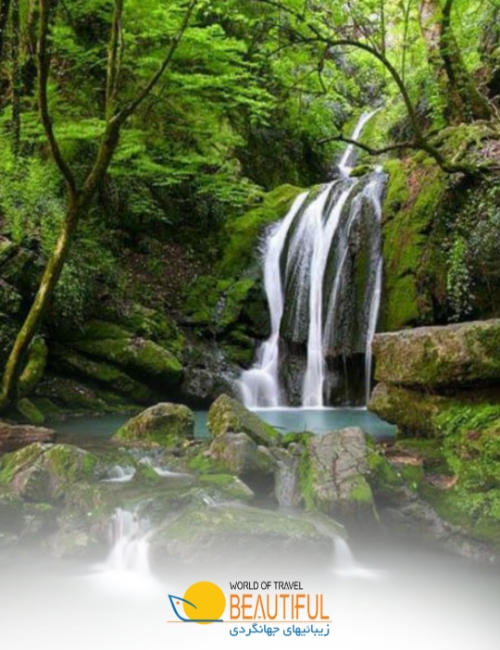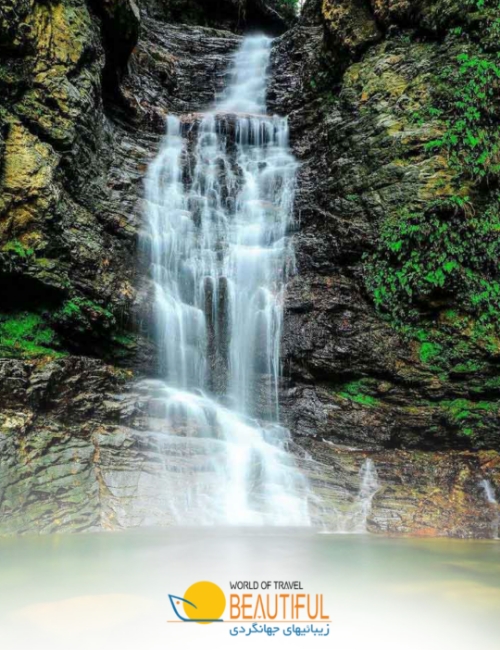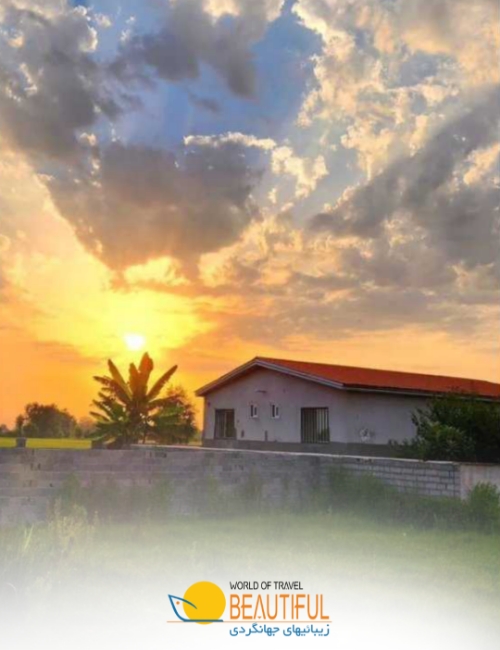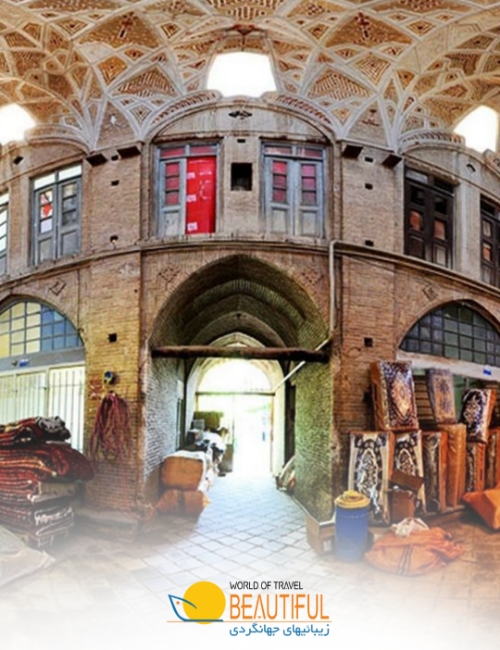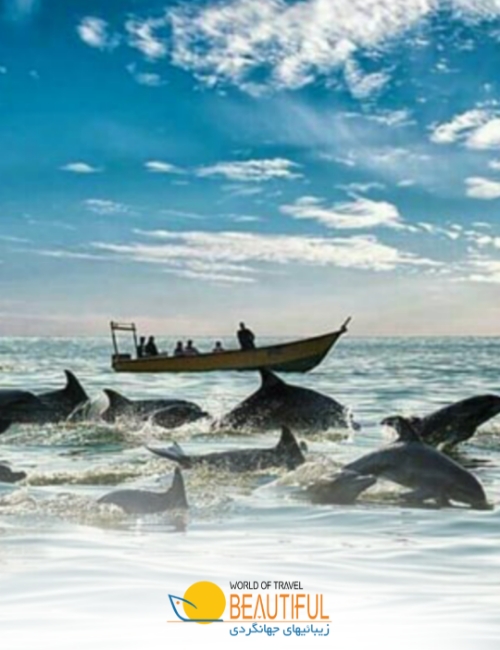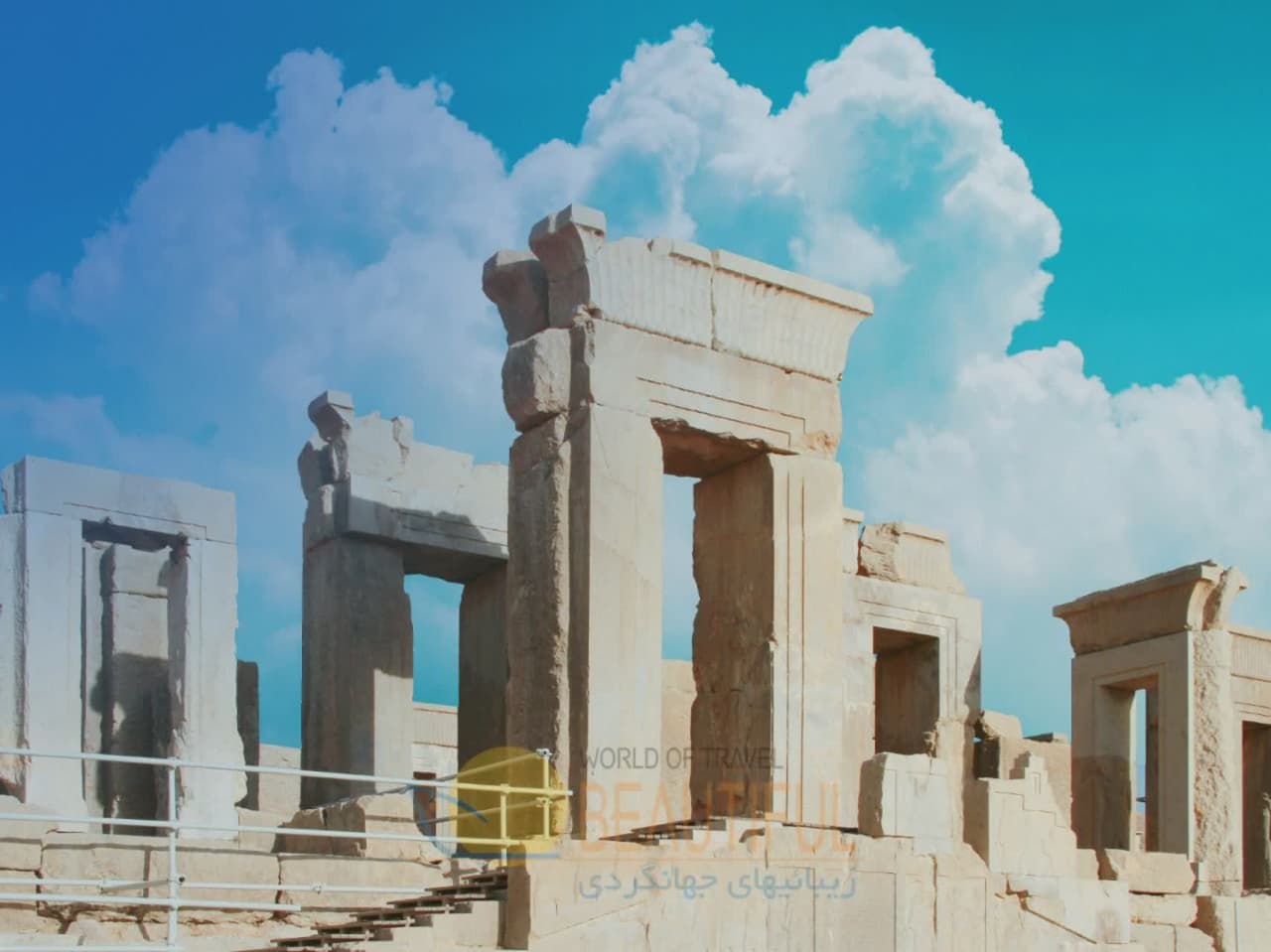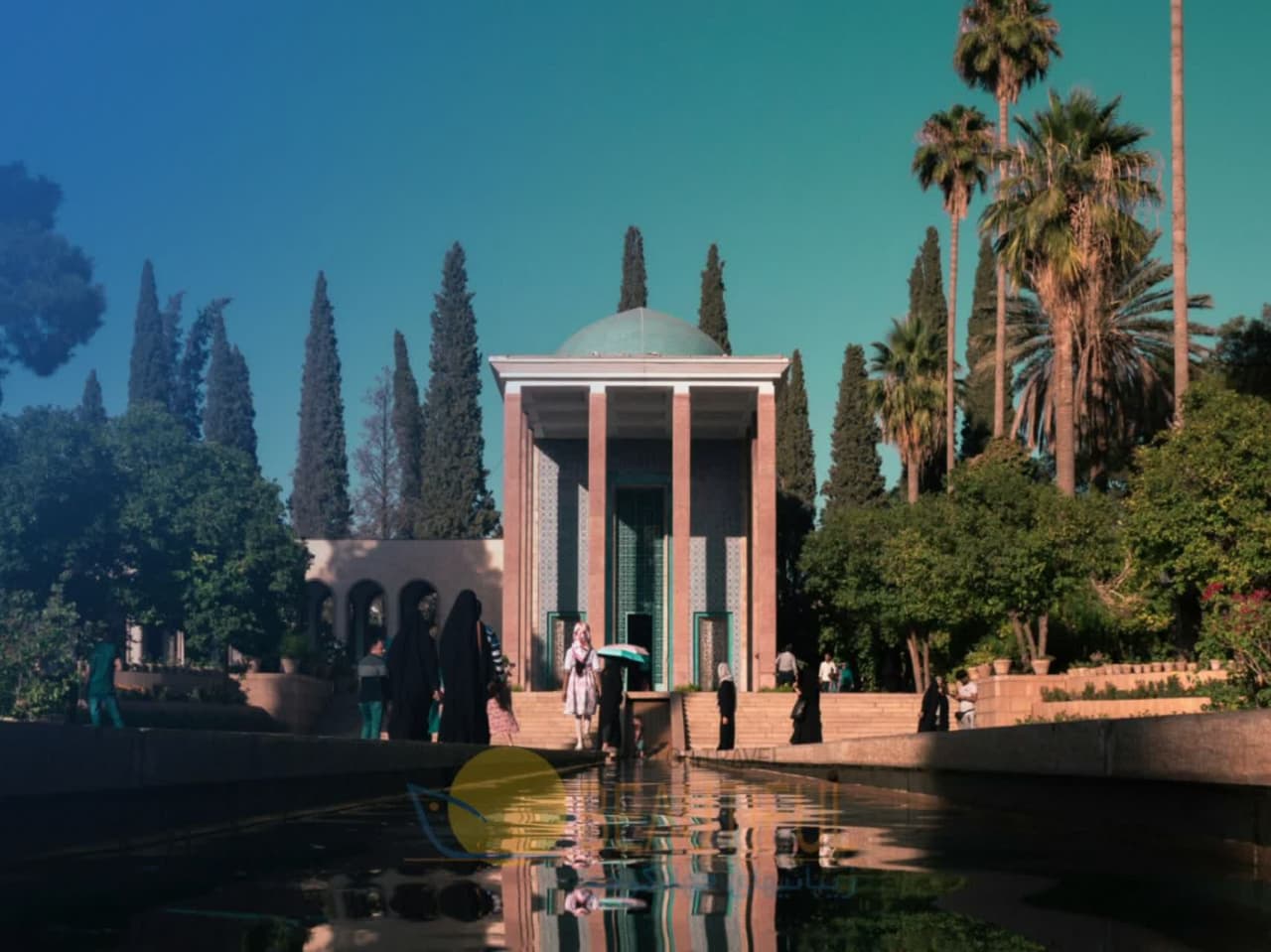Exploring Iran: A Journey Through Persian History, Culture, and Natural Beauty

Iran, a country with a civilization spanning thousands of years, has long been a cradle of history, culture, and art. From the towering peaks of its majestic mountains to the mysterious deserts and lush forests, Iran’s landscapes offer a unique charm that captivates every traveler. The countless historical sites across the country, from Persepolis to the Naqsh-e Jahan Square, stand as testaments to the grandeur of Persian history and culture. Iranian hospitality, rich cuisine, and unparalleled handicrafts create an unforgettable experience for visitors. Each corner of Iran tells a story of a proud past and showcases its pristine nature, making it a destination worth exploring.
An Overview of Iran’s History

Iran, with its rich and ancient history, is one of the most significant cultural and historical centers in the world. The country has been the birthplace of several great civilizations for thousands of years, with its history stretching back to pre-Christian eras. Civilizations such as the Elamites, Medes, Achaemenids, Parthians, and Sassanids, followed by the Islamic civilization, all attest to the historical importance of this land.
Pre-Aryan Civilizations
Before the arrival of the Aryans to the Iranian Plateau, various ethnic groups and cultures flourished in this region. Prominent ancient civilizations include the Burnt City in Sistan, Elam in southwestern Iran, Jiroft in Kerman, the people of Tepe Sialk in Kashan, Urartu in Azerbaijan, the Giyan Hill in Nahavand, and the Kassites in Kermanshah and Lorestan. These civilizations left a rich heritage that contributes to Iran’s deep historical roots.
The Arrival of the Aryans and the Formation of Empires
Around 1000 BCE, the Aryans, divided into three main groups—the Medes, Persians, and Parthians—migrated to the Iranian Plateau. The Medes established the first organized government in the region, followed by the Achaemenid Empire, founded by Cyrus the Great. This empire became one of the largest and most influential in the ancient world, known for its vast territorial expansion, multicultural society, and advanced administrative system.
The Seleucid, Parthian, and Sassanid Dynasties
After the fall of the Achaemenid Empire by Alexander the Great, the Seleucid, Parthian, and Sassanid dynasties successively ruled over Iran. The Sassanids, in particular, established a powerful empire that brought Persian culture and art to its peak and fiercely resisted the Eastern Roman (Byzantine) Empire. The Sassanid era ended with the Arab conquest of Iran in the 7th century, which marked the beginning of the Islamic period in Iran’s history.
The Islamic Era and Successive Dynasties
With the arrival of Islam, a new chapter in Iran’s history began, and the country became one of the leading centers of Islamic culture and civilization. Various dynasties ruled Iran during this time, including the Saffarids, Samanids, Ghaznavids, Seljuks, Khwarezmians, Safavids, Afsharids, Zands, Qajars, and Pahlavis. Each of these dynasties left a unique mark on Iran's development, shaping its cultural, political, and architectural legacy.
Iranian Culture and Heritage
Iranian culture is one of the oldest and richest in the world, with deep roots in thousands of years of civilization. It is a unique blend of ancient Persian traditions and Islamic values, reflected in its arts, literature, architecture, and music. Great Persian poets such as Hafez, Saadi, Ferdowsi, and Rumi are some of the cultural treasures of Iran, whose works have been recognized globally. Ferdowsi’s Shahnameh (The Book of Kings), one of the greatest epic works in world literature, recounts Iran’s historic and mythical tales with unparalleled grandeur.
Iranian Handicrafts and Artistry
Iranians have long been renowned for their craftsmanship in various traditional arts. Iranian carpets, known for their intricate and beautiful designs, are some of the most celebrated artistic products in the country. Other notable handicrafts include pottery, rosewater distillation, copperwork, and numerous other forms of local artistry that thrive in various regions of Iran.
Festivals and Traditions
Nowruz, the ancient Persian New Year, is one of the most significant cultural symbols of Iran, celebrating the arrival of spring. This festival is celebrated not only in Iran but also in many neighboring countries and among Iranian communities abroad. Nowruz represents renewal, unity, and a deep connection with nature and the changing seasons.
Geography and Climate of Iran
With an area of nearly 1.65 million square kilometers, Iran is one of the largest countries in the world. Geographically, it is located in southwestern Asia and the Middle East, bordered by the Caspian Sea to the north and the Persian Gulf and Gulf of Oman to the south. Iran shares borders with Afghanistan, Pakistan, Turkey, Iraq, Azerbaijan, Armenia, and Turkmenistan.
Geographic and Climatic Diversity
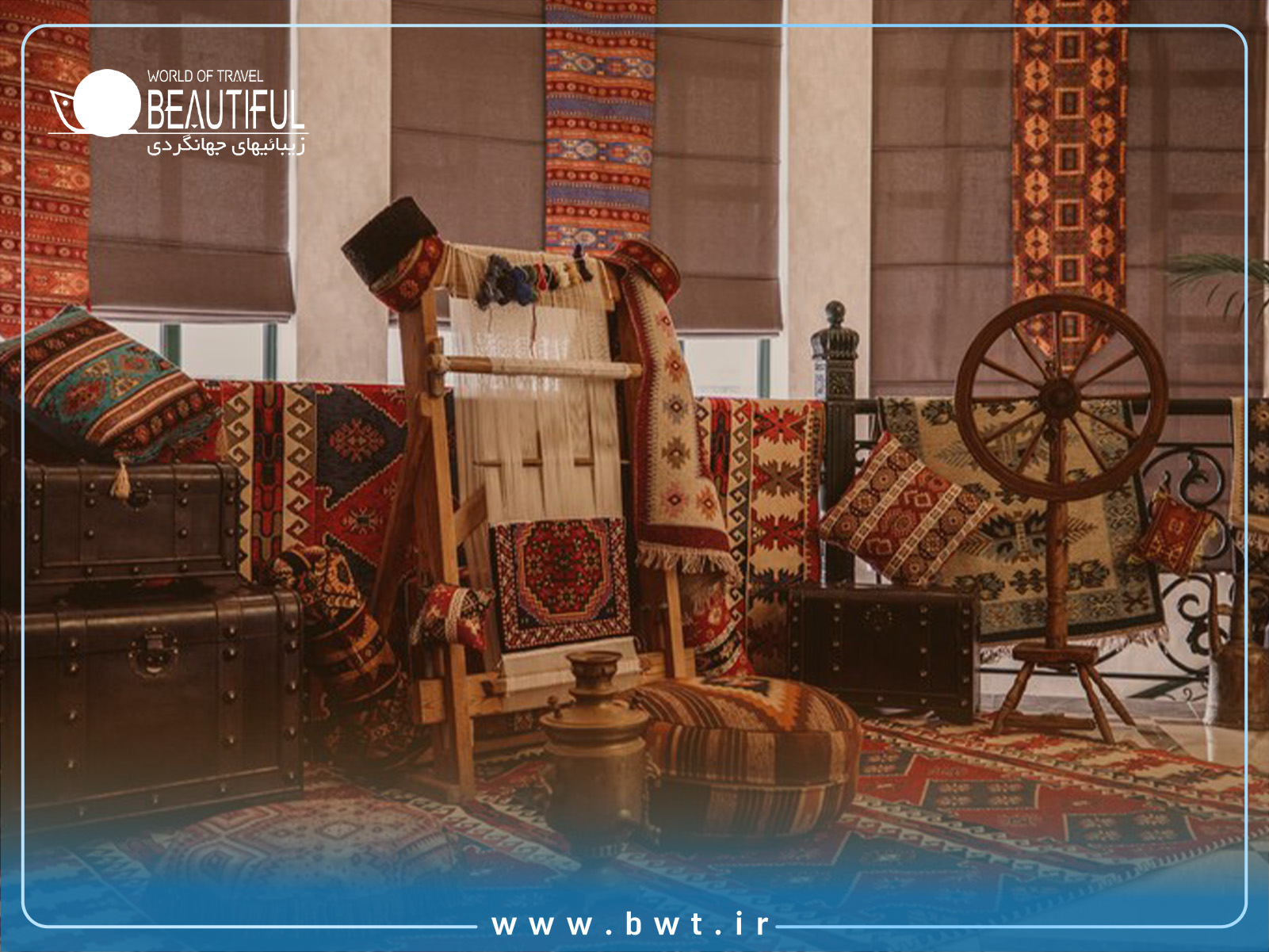
Iran’s diverse geography can be categorized into three main regions:
-
Zagros and Alborz Mountain Ranges: These mountains, stretching across the west and north of Iran, create cool, mountainous climates and stunning landscapes.
-
Central Deserts: This region is primarily composed of dry and arid areas, including vast desert plains.
-
Southern Regions and Persian Gulf Coastline: The southern areas, along the Persian Gulf, have a warm and humid climate, with scenic coastal landscapes.
From the lush northern forests to the arid central deserts, and from the snow-capped peaks of the Zagros Mountains to the tropical shores of the Persian Gulf, Iran’s varied landscapes and climates offer a wide range of natural beauty for explorers.
Best Places to Visit in Iran

Iran is home to many remarkable destinations for travelers. From historical landmarks to vibrant cities and breathtaking natural sites, the country offers a wealth of attractions:
-
Tehran: The capital city of Iran, Tehran is home to a blend of modernity and tradition. Key attractions include the Golestan Palace, the National Museum of Iran, and the Tehran Grand Bazaar. It’s a city where visitors can experience the dynamic pulse of urban life alongside historical and cultural heritage.
-
Isfahan: Known for its breathtaking Persian architecture, Isfahan boasts UNESCO-listed sites such as Naqsh-e Jahan Square, the Imam Mosque, and the Chehel Sotoun Palace. The city’s bridges over the Zayandeh River add to its beauty and charm.
-
Shiraz: As the cultural heart of Iran, Shiraz is renowned for its poetic legacy, beautiful gardens, and historical sites like Persepolis, the ancient capital of the Achaemenid Empire. The tombs of Hafez and Saadi, two of Iran's most famous poets, are also located here.
-
Yazd: A desert city known for its unique Persian architecture, Yazd features wind towers, qanats, and the beautiful Jameh Mosque. It is also famous for its Zoroastrian heritage and the Towers of Silence.
-
Kerman: Home to ancient caravanserais, Kerman is a city rich in history and culture. It’s also a gateway to the Lut Desert, a UNESCO World Heritage site known for its stunning landscapes.
Iran Travel Tips
For those considering travel to Iran, it is essential to be mindful of local customs and cultural norms. Iranian hospitality is legendary, and travelers can expect to experience warmth and generosity from the locals. When exploring Iran’s cities and landscapes, it’s recommended to dress modestly, respect local traditions, and learn a few basic phrases in Persian (Farsi).
Conclusion: Explore Iran’s Rich Heritage and Natural Beauty
Iran is a land of contrast and beauty, offering visitors the chance to experience a vibrant culture, fascinating history, and stunning landscapes. Whether you are interested in ancient historical sites in Iran, Iranian cuisine, Persian traditions, or discovering the natural beauty of the Iranian countryside, this country has something for every traveler. A trip to Iran promises to be a deeply enriching experience, filled with unforgettable memories and a greater understanding of this remarkable land.
From the Persian history embedded in its ancient monuments to the Iranian culture expressed in its arts and festivals, Iran tourism provides a once-in-a-lifetime opportunity to explore the heart of the Persian world.
A Unique Experience of Four Seasons in One Trip
Iran, with its unparalleled geographical diversity, offers travelers the incredible opportunity to experience various climates and landscapes within a single journey. From skiing on the snow-capped slopes of the Alborz Mountains to relaxing on the warm shores of the Persian Gulf, it's all possible in one day. This climatic variety makes Iran an exceptional destination for adventure seekers and nature lovers alike.
A Journey into Ancient History
With its ancient history and glorious civilization, Iran is a place that brings legendary stories and historical narratives to life. From the majestic Persepolis and the bas-reliefs at Bisotun to ancient cities like the Arg-e Bam, every corner of this country symbolizes the grandeur and magnificence of ancient empires. Iran, with its 21 UNESCO World Heritage Sites, is an unmatched destination for history and culture enthusiasts. It is a place where Persian history unfolds in front of you.
The Unforgettable Taste of Iranian Cuisine
Traveling to Iran means indulging in an unforgettable culinary experience. Each city in Iran surprises you with its unique flavors and aromas. From local dishes to traditional sweets, Iran is a paradise for food lovers and dessert enthusiasts. Iranian cuisine is as rich and diverse as its culture, offering a delightful combination of tastes that will leave a lasting impression on your palate.
Iran's Exemplary Safety for Tourists
Contrary to the common misconceptions propagated by the media, Iran is one of the safest countries in the world for travelers. Foreign tourists have often stated that the real Iran is vastly different from the media portrayal. The warm and welcoming people of Iran provide a delightful experience of safety and tranquility for visitors. Iranian hospitality ensures that travelers feel at home throughout their stay.
Easy and Affordable Transportation

Iran’s advanced transportation system makes it easy to travel between cities. Whether it's the clean and spacious buses, comfortable trains, or affordable domestic flights, all the facilities are in place for a convenient and budget-friendly trip. Traveling around Iran is both easy and economical, offering an efficient way to explore the country's vast landscapes.
The Nature and Cultural Diversity of Iran
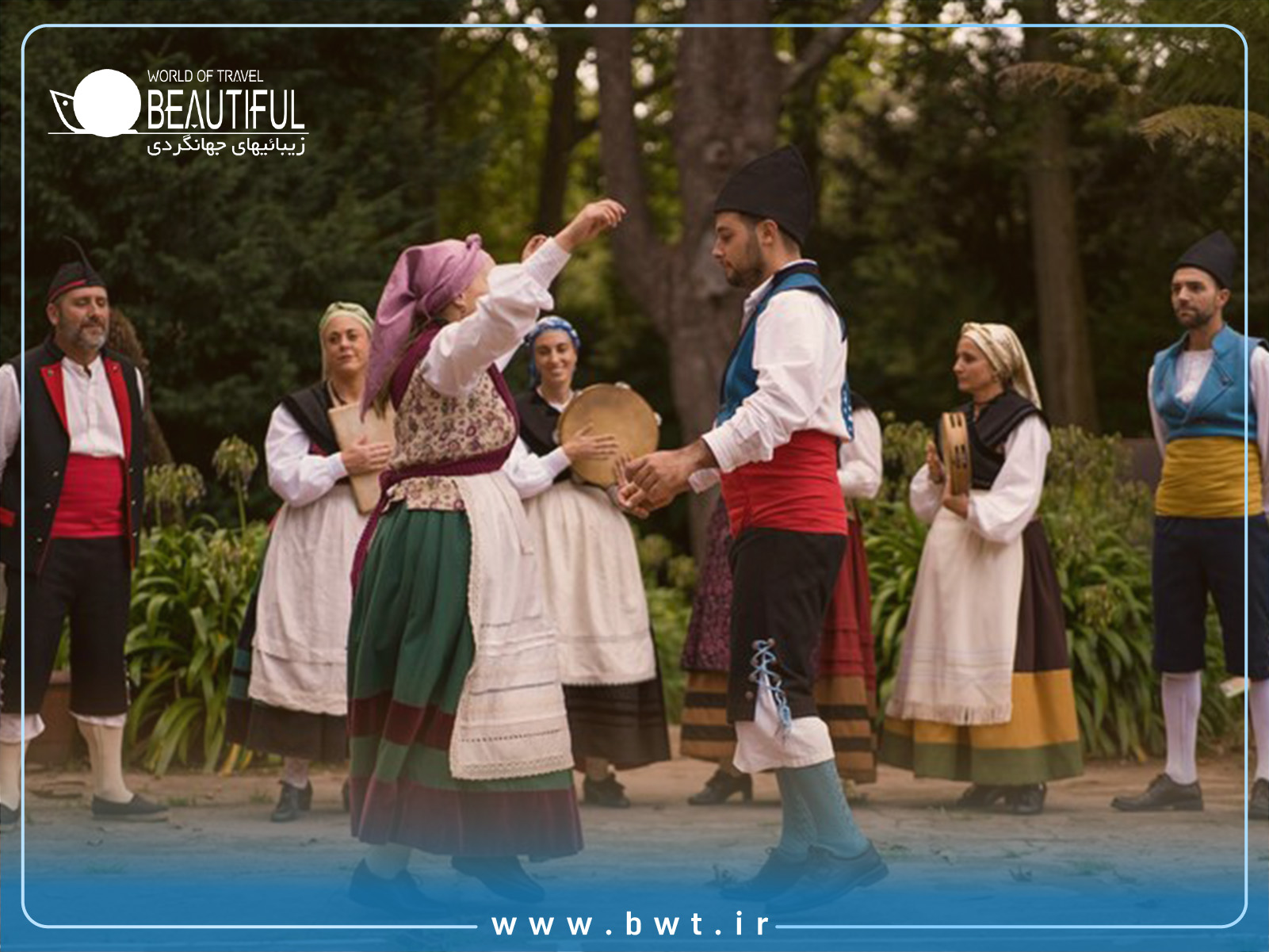
Iran is a heaven for nature lovers and adventure enthusiasts, offering a stunning array of landscapes from snow-capped mountains and vast deserts to lush forests and beautiful coastlines. In addition to its natural beauty, the cultural diversity of Iran offers a unique opportunity to learn about the customs and lifestyles of various ethnic groups, including the Kurds, Azeris, Baluchs, and Lurs.
Historic Cities and Persian Gardens
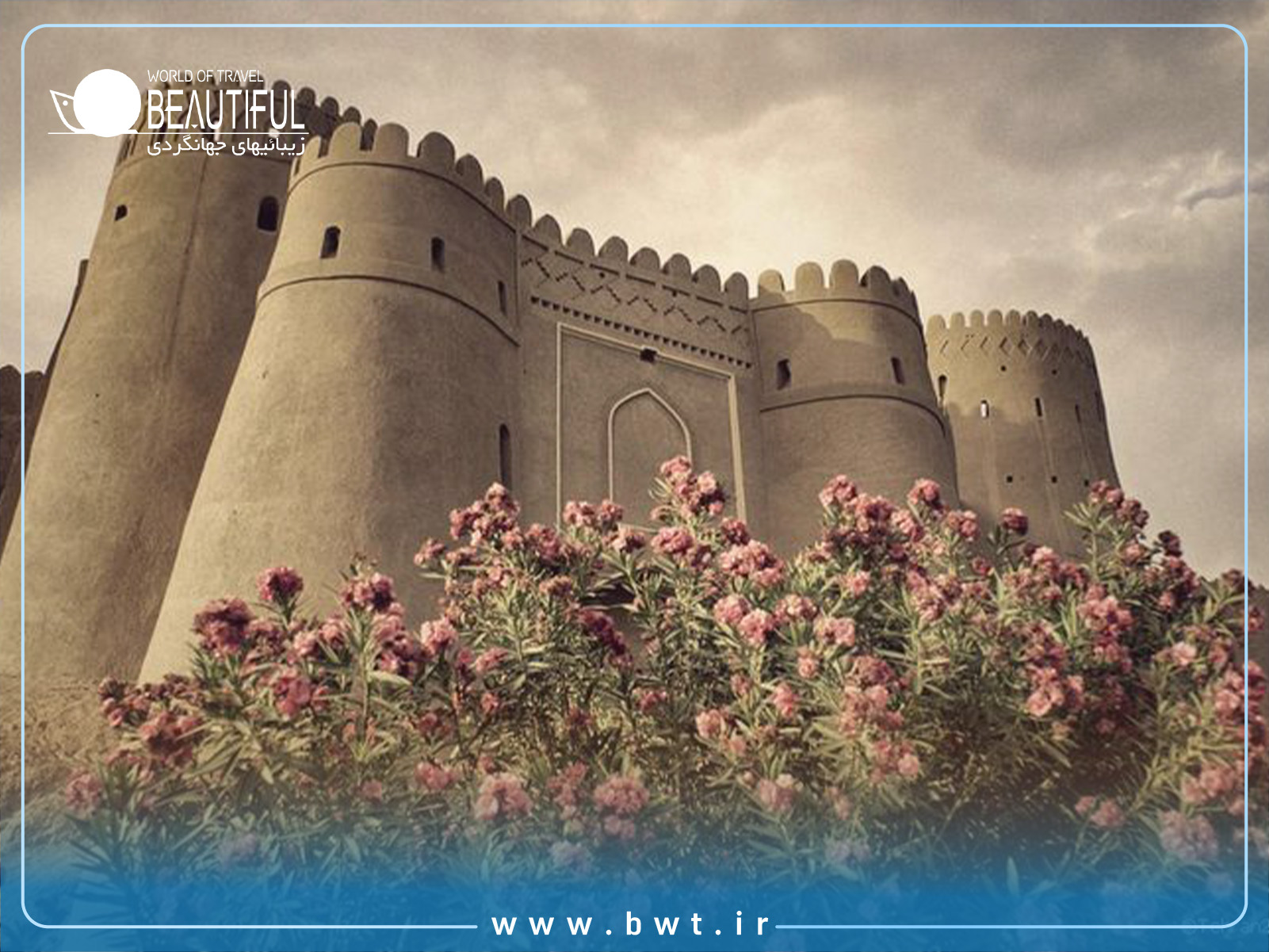
Visiting Iran’s beautiful gardens and cities that have preserved their authenticity feels like stepping into a fairytale world. The historic gardens of Iran, such as the Eram Garden in Shiraz, and ancient cities like Isfahan, offer a blend of architecture and nature that provides visitors with an unforgettable experience. The Persian gardens are designed to symbolize paradise on earth, blending lush greenery with intricate architecture.
Armenian Monasteries in Iran: Religious Architectural Masterpieces
In the northwest of Iran, the Armenian monasteries, such as St. Thaddeus and St. Stepanos, stand as monuments to the cultural exchange between different civilizations. These thousand-year-old monasteries are a testament to the enduring legacy of Armenian culture and its interaction with Iranian and Byzantine cultures. Their stunning architecture and historical significance make them an important part of Iran’s rich heritage.
Bisotun: A Gem of the Achaemenid Empire in the Heart of History
The Bisotun inscription and bas-reliefs are among the most significant remnants of the Achaemenid Empire. Written in three languages—Elamite, Old Persian, and Babylonian—the Bisotun inscription narrates the victories of King Darius the Great and offers a window into the ancient civilizations of the Middle East. This UNESCO World Heritage Site is a vital stop for anyone interested in Persian history and Achaemenid culture.
Gonbad-e Qabus: A Marvel of Islamic Architecture
The Gonbad-e Qabus tower, with its unique geometric design, stands as a testament to the cultural exchange between the Iranian and Central Asian civilizations. As the tallest brick tower in the world, it is a prime example of Islamic architecture and engineering knowledge. This architectural wonder continues to inspire the design of memorial structures across the region, offering a glimpse into the artistic and scientific achievements of the era.
Arg-e Bam: A Magnificent Legacy of the Silk Road
Arg-e Bam, the largest mudbrick structure in the world, was once a strategic point along the Silk Road. This ancient citadel, with its towering walls and massive fortifications, continues to captivate visitors, offering a vivid look at Iran’s architectural splendor. As a significant site on the Silk Road, it stands as a symbol of the historical importance of Iran in facilitating trade and cultural exchange across the Eurasian continent.
Conclusion
Travel to Iran offers an exceptional opportunity to experience one of the world's oldest and richest civilizations. Whether you are seeking adventure, history, or relaxation, Iran promises a journey full of surprises, tranquility, and unparalleled cultural experiences. If you're planning a trip, you can rely on expert travel guides and consultants to help you organize a flawless and unforgettable journey to this beautiful country.
For those looking to explore the rich heritage, stunning landscapes, and historical marvels of Iran, the World of Travel Beautiful website offers comprehensive guidance on planning your journey. Whether you're interested in the best places to visit, travel tips, or detailed information on Iranian cities and attractions, this site provides all the resources you need to create an unforgettable travel experience to Iran.
Frequently Asked Questions
What is the best time to travel to Iran?
The best times to visit Iran are during the spring (March to June) and autumn (September to November), when the weather is mild, and the natural scenery is at its most beautiful
Do I need a visa to travel to Iran?
Yes, many nationalities require a visa to enter Iran. However, for some countries, a visa can be obtained upon arrival.
Is Iran a safe destination for foreign tourists?
Yes, Iran is one of the safest destinations for international travelers. The Iranian people are known for their hospitality, ensuring a welcoming environment for visitors.
What are the must-see tourist attractions in Iran?
Some of the most popular tourist destinations include Shiraz (Persepolis and Hafez’s Tomb), Isfahan (Naqsh-e Jahan Square and Khaju Bridge), Yazd (historic city center), and Tehran (museums and palaces).







